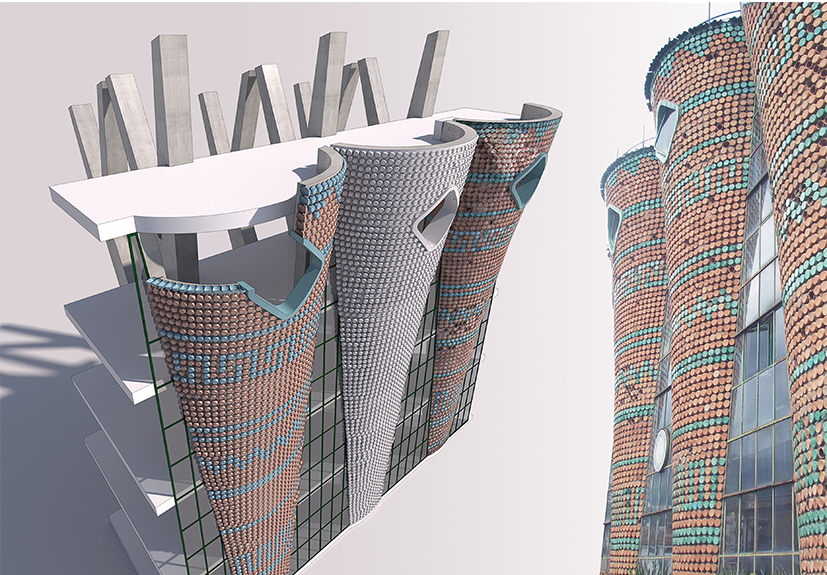
3D Digital Models / Accessibility and Inclusive Fruition
Abstract
Representation based on the visualization of reality, acquired through active and passive sensors, has allowed a rethinking of the traditional cognitive and communicative process. The Vitruvian approach has been replaced by the discrete visualization of large number of point-images. Image- or range-based coordinates allow to overcome the limitations of the drawing or photographic image, configuring a 3D model that can be explored in any direction and detail, even remotely. Automatic and semi-automatic procedures manage the information to be conveyed to the numerical control of the models.
Many scientific papers deal with the certified reliability of the data or the optimization of the models; several papers discuss the development of programmed instructions to automate the “intelligent” recognition of components in Building Information Modeling (BIM) and Heritage Building Information Modeling (H-BIM) workflows. However, few discussions focus on the heuristic value of using time-saving procedures. The phases of acquisition, processing, critical synthesis, and communication of results are now included in a single workflow centered on the use of Information and Communication Technologies (ICT) to capture and transfer the archived information framework. This unified process has affected research and teaching methods, as well as the way in which information is disseminated and citizens are involved, in order to obtain the approval and thus the resources needed for the political management of heritage.
Starting from these considerations, it seemed appropriate to recontextualize a process that is not limited to the improvement of fast and simplified operations, as an alternative to calculations congruent with the purpose of the project or survey. Indeed, the call for this issue was intended to propose and encourage a broader reflection of current research trends and to stimulate discussion on the limits and potentials of advanced automation processes in relation to the comparison of established and innovative practices.
The awareness gained from digital language shows the widespread reconsideration of geometric logic. A trend that can be clearly seen in the papers dealing with the digital representation of complex vaulted systems or design solutions based on the reinterpretation of the Vitruvian concept of scenography. Less obvious, but no less diriment for this reason, are the geometric considerations that support quad-dominant remeshing or retopology solutions, according to the lexicon of computer graphics.
Refined geometric solutions to improve analysis and details applicable to “reliable copies” of the virtually reconstructed object to control the change of state in the physical duplicate can also be observed in reverse modeling techniques.
In parallel, the evolution of digital language with services provided by the network enhances the physical experience, improving it with the help of virtual content to guide meaningful experiences. In this dual perspective, the title of the volume alludes to the path, cyclical and interactive, that unites, without confusing, the construction of image- and range-based, in order to use them as spaces of collaboration suitable for the active dissemination of knowledge.
DOI: https://doi.org/10.20365/disegnarecon.32.2024.ed
Refbacks
- There are currently no refbacks.
Copyright (c) 2024 Adriana Rossi, Luca Cipriani, Pedro Manuel Cabezos
DISEGNARECON
ISSN 1828 5961
Registration at L'Aquila Law Court no 3/15 on 29th June, 2015.
Indexed in SCOPUS. Diamond Open Access. All papers are subjected to double blind peer review process by qualified reviewers.
Journal founded by Roberto Mingucci
